What Genetic Predispositions Increase The Risk Of Becoming Obese?
 If you’re like many people in Livermore, CA, you’ve heard the latest scientific discovery linking a genetic factor to the potential of becoming obese. While genetic makeup dramatically affects your future, it doesn’t seal your fate. A predisposition means you must work harder and be more careful with your diet and other lifestyle options. Scientists recently analyzed human genome sections affecting body weight in four hundred thousand people. The people in the top 10% containing those markers were 25 times more likely to become severely obese than those in the bottom 10%.
If you’re like many people in Livermore, CA, you’ve heard the latest scientific discovery linking a genetic factor to the potential of becoming obese. While genetic makeup dramatically affects your future, it doesn’t seal your fate. A predisposition means you must work harder and be more careful with your diet and other lifestyle options. Scientists recently analyzed human genome sections affecting body weight in four hundred thousand people. The people in the top 10% containing those markers were 25 times more likely to become severely obese than those in the bottom 10%.
It doesn’t mean you have to become obese.
Even if you have all the markers of obesity, your lifestyle plays an important role. While it doesn’t seem fair, people with the genetic markers of obesity have to be more careful and live a healthier lifestyle than those that don’t have the markers. It also doesn’t mean that someone with few genetic markers can avoid obesity if they live only on pastry, snack food, and other foods high in empty calories.
Your lifestyle plays a critical role.
There’s always been a debate about nature vs nurture. Which one plays the most important role in all facets of life? For obesity, it looks like it’s a 50/50 split. You inherit the genes that provide a predisposition to obesity, but after that, it’s your lifestyle that determines your outcome. It explains why two people in the same family can have very different body shapes and weights.
Just because you have a genetic predisposition toward obesity, it doesn’t make it bad.
Genes linked to excess body fat may protect the body from other health issues. Scientists also discovered 62 sections of markers that were associated with both a lower risk of heart disease and a higher risk of excess body fat. There was a difference between healthy fat cells and unhealthy ones. The key was the fat created, how the fat was distributed, and the regulation of inflammation and energy. It explains why about 45% of the people who are obese maintain healthy blood pressure, lipid levels, and glucose levels and remain relatively healthy.
- Even if you don’t have genetic markers for obesity, you aren’t out of the woods. In the study of genetics, people without the genetic markers of obesity still developed it. That places the burden back on lifestyle.
- Early childhood plays a role, particularly when it comes to health interventions. It doesn’t mean adults can’t change their future. It’s just easier when you learn healthier options early in life.
- Even if you do have the genetic markers to improve heart health, people with obesity face a 72% higher risk for diabetes, increase the risk of high blood pressure by 38%, and are 34% more likely to develop heart failure.
- Our personal trainers at LIV Fitness can help you develop a personalized plan for a healthier life, whether you have a predisposition to obesity or not. It’s all about you, your goals, and present fitness level.
For more information, contact us today at LIV Fitness


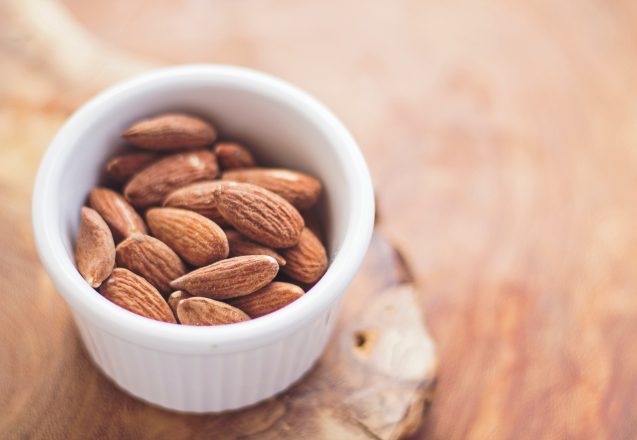
 It’s three in the afternoon and you’re wiped out. Is it time to grab a candy bar or drink a cup of coffee? The answer is a resounding no. While those types of energizing foods give a quick boost, they only provide that boost for a short time, then the dip in energy goes even lower. Real energizing food gives sustained energy that diminishes slowly. Carbohydrates provide quick energy and simple carbs immediately boost blood sugar levels. Complex carbs digest slower, as do proteins and fats.
It’s three in the afternoon and you’re wiped out. Is it time to grab a candy bar or drink a cup of coffee? The answer is a resounding no. While those types of energizing foods give a quick boost, they only provide that boost for a short time, then the dip in energy goes even lower. Real energizing food gives sustained energy that diminishes slowly. Carbohydrates provide quick energy and simple carbs immediately boost blood sugar levels. Complex carbs digest slower, as do proteins and fats.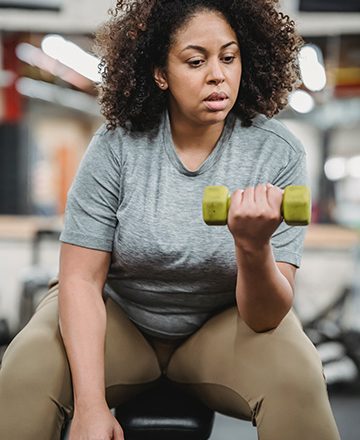
 If you live in Livermore, CA, you probably see people running or doing yoga at the beach. Exercise has become a way of life for some. Others are just starting. They begin for various reasons. People may want to build their stamina, lower their blood pressure, or burn more fat. Are all of those things possible? It depends on the goal and the exercise you’re doing, especially for fat burning.
If you live in Livermore, CA, you probably see people running or doing yoga at the beach. Exercise has become a way of life for some. Others are just starting. They begin for various reasons. People may want to build their stamina, lower their blood pressure, or burn more fat. Are all of those things possible? It depends on the goal and the exercise you’re doing, especially for fat burning.
 Whether you’re on the road for business or a fun family trip, eating healthy food can still be your goal. You don’t have to “junk-food junkie” your way across America. It takes some planning, but with the help of an internet search or a couple of coolers in the trunk, it’s possible to eat healthier. Start by planning your trip before you leave the house. Check the internet for restaurants on your route and visit their website to view what they offer.
Whether you’re on the road for business or a fun family trip, eating healthy food can still be your goal. You don’t have to “junk-food junkie” your way across America. It takes some planning, but with the help of an internet search or a couple of coolers in the trunk, it’s possible to eat healthier. Start by planning your trip before you leave the house. Check the internet for restaurants on your route and visit their website to view what they offer.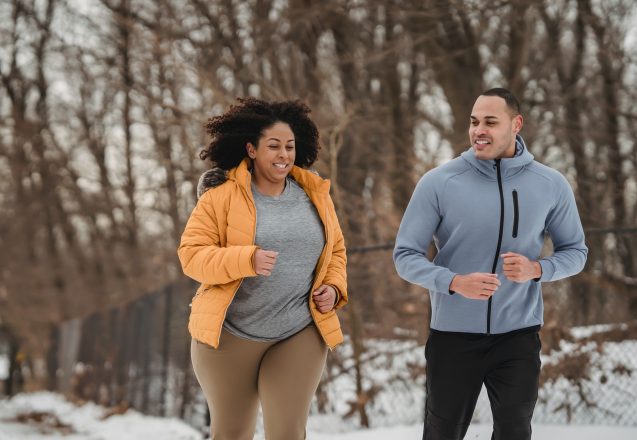
 Starting any exercise program is a good thing, even if it’s just walking. However, if you want to lose weight and be your healthiest, you need all types of exercise, cardio, strength, balance, and flexibility. Some people focus strictly on cardio for weight loss, saying it burns tons of calories. They’re correct. It does burn calories, but if that’s all you’re doing, you might be sabotaging your efforts to lose fat and future weight loss.
Starting any exercise program is a good thing, even if it’s just walking. However, if you want to lose weight and be your healthiest, you need all types of exercise, cardio, strength, balance, and flexibility. Some people focus strictly on cardio for weight loss, saying it burns tons of calories. They’re correct. It does burn calories, but if that’s all you’re doing, you might be sabotaging your efforts to lose fat and future weight loss.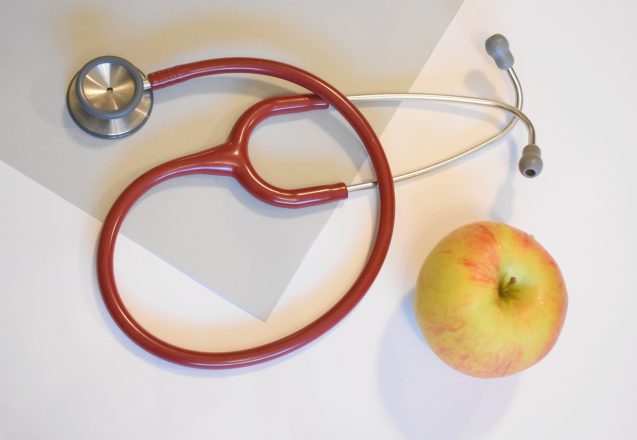
 The food you consume can make you healthier or increase the risk of disease. It can cause an imbalance in your gut microbiome that can cause mental issues. Some foods are specifically beneficial to certain parts of the body. They can lower the risk of heart disease and stroke. These foods may help lower blood pressure, improve cholesterol levels, or reduce inflammation, which reduces the risk factors for heart problems.
The food you consume can make you healthier or increase the risk of disease. It can cause an imbalance in your gut microbiome that can cause mental issues. Some foods are specifically beneficial to certain parts of the body. They can lower the risk of heart disease and stroke. These foods may help lower blood pressure, improve cholesterol levels, or reduce inflammation, which reduces the risk factors for heart problems.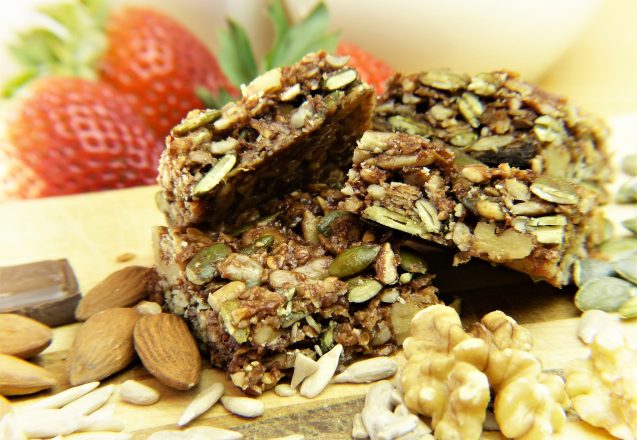
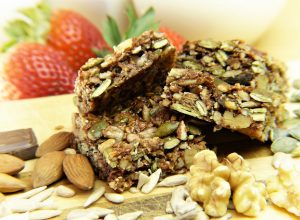 The people of Livermore, CA, have access to some great local produce and stores packed with healthy foods, so you’d think it would be easy to eat the foods that can keep you fit. That’s not necessarily true. The food is available, but finding the right food can be quite confusing. You might eat certain food because you think it’s wholesome, like granola bars. You’d be wrong. They have a downside and it’s inflammation.
The people of Livermore, CA, have access to some great local produce and stores packed with healthy foods, so you’d think it would be easy to eat the foods that can keep you fit. That’s not necessarily true. The food is available, but finding the right food can be quite confusing. You might eat certain food because you think it’s wholesome, like granola bars. You’d be wrong. They have a downside and it’s inflammation.
 Do you miss those days when you could eat your favorite food and not feel bad? You can still do that and avoid the programmed mentality the diet culture has created. Food flexibility is based on listening to your body. It takes the bad and good labels away from food and turns it back to just plain food, sustenance for the body that you can enjoy. It also helps prevent the cycles of deprivation and binging or the defeat you feel when you’ve eaten a “forbidden” food.
Do you miss those days when you could eat your favorite food and not feel bad? You can still do that and avoid the programmed mentality the diet culture has created. Food flexibility is based on listening to your body. It takes the bad and good labels away from food and turns it back to just plain food, sustenance for the body that you can enjoy. It also helps prevent the cycles of deprivation and binging or the defeat you feel when you’ve eaten a “forbidden” food.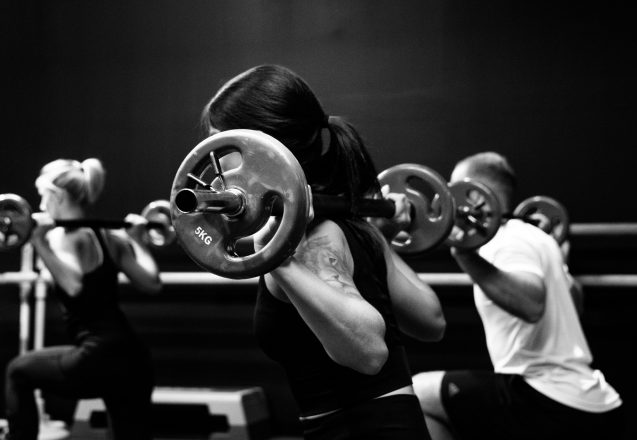
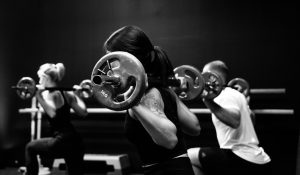 At LIV Fitness in Livermore, CA, we include all types of fitness training in our clients’ programs. Strength training is an important part of fitness and has many health benefits. You can combine it with other types of fitness training to get more from the workout in a shorter time. Some people question whether weightlifting is appropriate for women, seniors, or those with physical limitations or even if it’s healthy. The good news is that almost every adult can lift weights. The amount of weight lifted may be far less and modifications may be necessary, but the benefits are worth it.
At LIV Fitness in Livermore, CA, we include all types of fitness training in our clients’ programs. Strength training is an important part of fitness and has many health benefits. You can combine it with other types of fitness training to get more from the workout in a shorter time. Some people question whether weightlifting is appropriate for women, seniors, or those with physical limitations or even if it’s healthy. The good news is that almost every adult can lift weights. The amount of weight lifted may be far less and modifications may be necessary, but the benefits are worth it.
 If you’re working out regularly and eating healthy, you probably don’t need supplements to boost your muscle gain. There are exceptions, of course. If your body isn’t efficient at digesting and absorbing protein, that’s quite another thing. There are nutrient supplements to provide vitamins and minerals, plus ones that provide phytonutrients. Are any of them any good and do you really need them, or is a healthy diet all you need?
If you’re working out regularly and eating healthy, you probably don’t need supplements to boost your muscle gain. There are exceptions, of course. If your body isn’t efficient at digesting and absorbing protein, that’s quite another thing. There are nutrient supplements to provide vitamins and minerals, plus ones that provide phytonutrients. Are any of them any good and do you really need them, or is a healthy diet all you need?